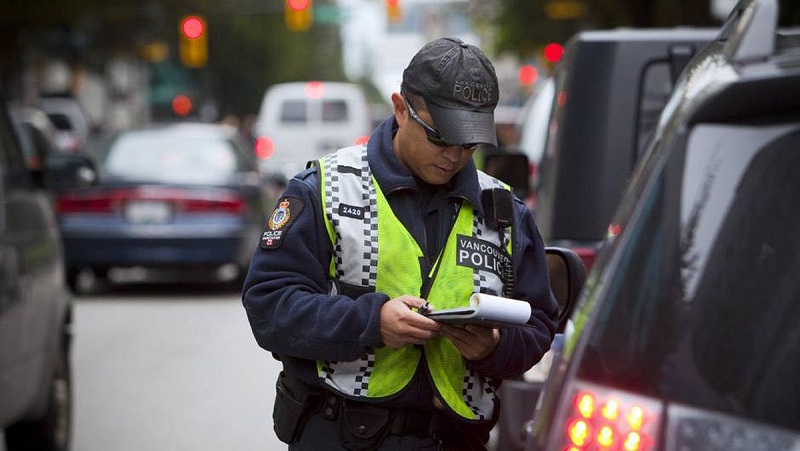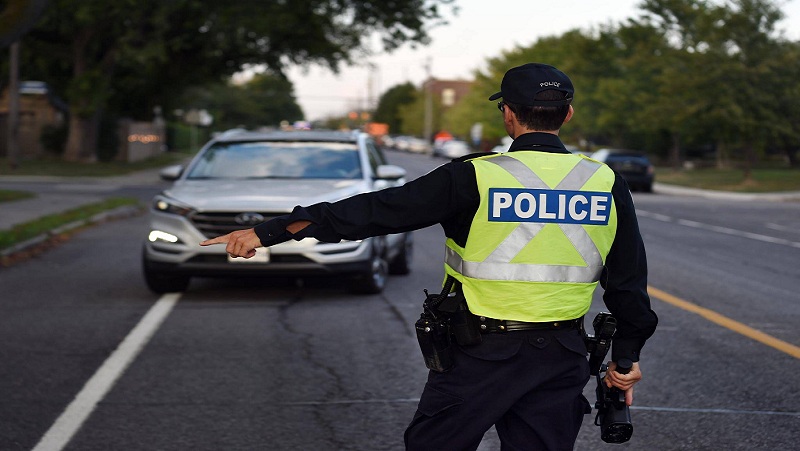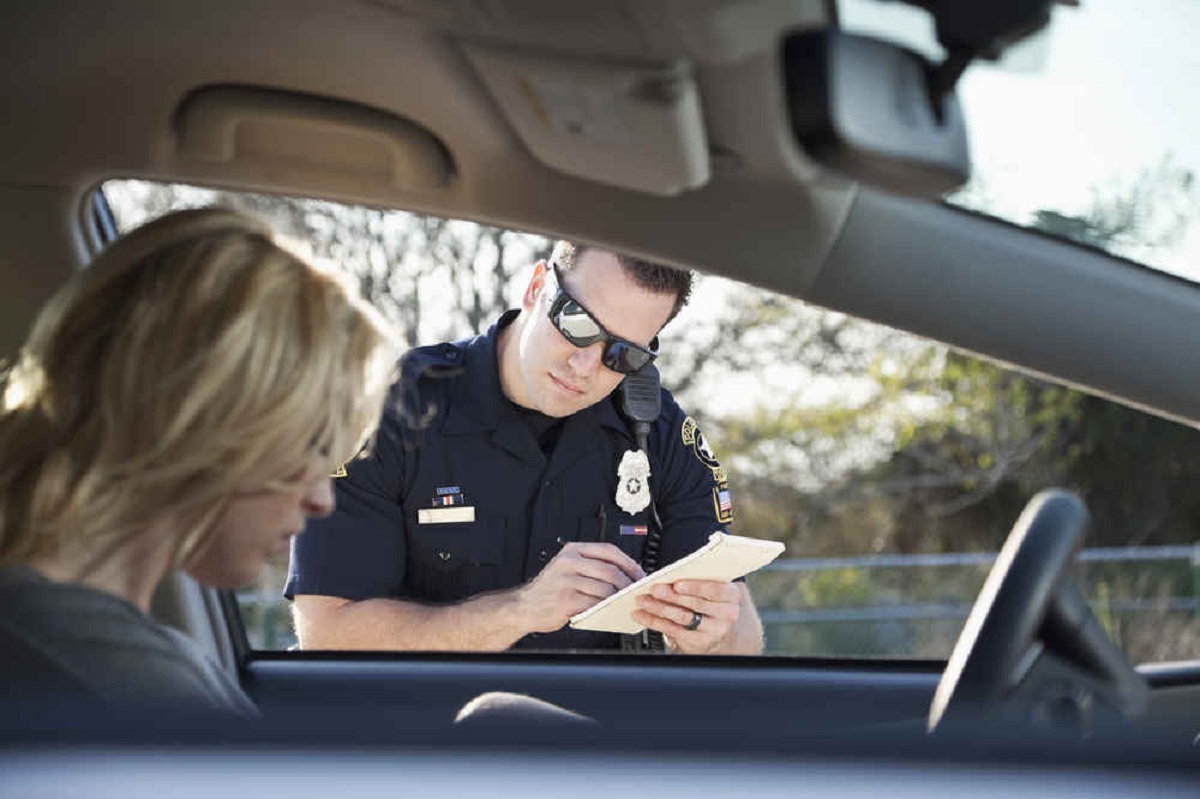Being stopped at a checkpoint is part of the standard procedures that road safety authorities can implement.
It can happen normally and it will happen to many motorists at least once in their life to be stopped at a checkpoint for a check. The feelings that generate this form of control are different depending on the person concerned and depending on the status of personal documents or those of the car.
The basic condition is quite simple. If you have all the documents in order, you are in line with the periodic reviews. If the car does not show changes or lights that do not work, there is nothing to fear, control will be a mere formality. It is necessary to be well informed on all the conditions necessary for regularity. A doubtful case in this sense is the 15 days of coverage after the expiry of the insurance policy. By law, they are granted as technical times for renewal. In theory, if it is stopped in these conditions, it is in order. But the authorities in doubtful cases may issue a fine for non-vehicle insurance.
What to do
The first thing to do is definitely to clearly evade the checkpoint. Because this is a full-blown crime. When the classic pallet is raised and you are invited to approach a road authority that has installed a checkpoint, the rule is one: you must stop.

The thing to do is related to what to do regardless of any possibility of a roadblock. That is, first of all, the documents in order:
- The registration certificate must be intact, legible and updated in every aspect. From a change of ownership to revisions or changes of residence (the address of the vehicle owner must coincide with that on the identity document);
- you must be in good standing with the insurance policy, avoiding renewal with too tight a time that they attempt in the 15 days of extension mentioned above;
- Check that the lights and the arrows of the car work perfectly;
- Be in good standing with your personal documents both for the identity card and for the driving license, it is very important not to drive with an expired license ;
- Do not exceed the limits of alcohol rate established by the law, the consequences in this sense are quite heavy;
- Do not carry more passengers than the number indicated at the time of approval and written on the registration certificate.
These are just examples of basic rules to follow regardless of when driving a car. Depending on the vehicle other rules can be added, for example when driving a truck with a load on it.
The answer to the question: what to do? It is quite obvious in this sense. We must always ensure that everything is in order. But above all, always stop when you are invited to do so. Evading the signal is a serious crime, with similar consequences.
It is very important to wear a seat belt regardless. Only release it as soon as you have approached the vehicle according to the instructions given by the road authorities.
What documents to show?
The documents to show, that is, those that are normally requested are the following. Driving license, registration certificate, and insurance certificate. A new law provides for the abolition of the insurance mark to be affixed to the front windshield. In that case, the latter and the certificate had to coincide.
In the case of carrying a transport vehicle with a load, two conditions can occur:
If it is a vehicle that does not exceed 3.5 tonnes at full load, it will be necessary to attach to the documents listed above the document relating to the load, an accompanying invoice or a transport document;in the case of a vehicle that exceeds 3.5 tons, regardless of the presence of the CQC (Driver Qualification Card), the document relating to the transported load must always be shown. It is also necessary to provide the data related to the driving/rest activity recorded by the tachograph (by printing the receipt if digital or via the disk if an analog model).
Check This Out: How To Avoid Being Cheated When Buying a Used Car?
What not to do
We have talked about cargo transport; in this sense, one thing not to do regardless of the possibility of being stopped at a checkpoint is to exceed the safety thresholds with your load.
First of all, by loading a weight higher than the one allowed by the vehicle, it is worth considering that the authorities are not in a position to check it on the road. Agents in charge of the blocking point are equipped with very special scales. These, called Tbilisi, manage to sift directly on the road what is the weight of the stopped vehicle.
Another way of ending up in the area of danger during a transport is to not secure it firmly through approved high-resistance cables. Above all, move in the absence of protective banks on your vehicle.
When you are stopped at a checkpoint, you should not approach the authorities with an offensive tone. Worse if it is an attitude that wants to mask some minor anomaly on the documents or the means. The consequences can be serious.
The thing not to do is work that is born regardless. The checkpoint remains essentially a sort of control that the work carried out has been carried out regularly and accurately.
A very important thing not to do, not only for fear of being stopped at a roadblock but in general if you have to drive is to drink.
Today the law that manages the alcohol content in the blood is really very hard. It hits hard from the lower cases. An alcoholic rate of 0.5, the minimum level, presupposes an immediate withdrawal of the license for 3 months, a very high fine and the seizure of the vehicle.
Regardless of the legislative consequences, drinking and driving are definitely two actions that do not get along very well with each other. Statistically, their union remains the basis of many accidents. The advice you can provide is to avoid drinking before driving. It goes to their own safety and that of others.

